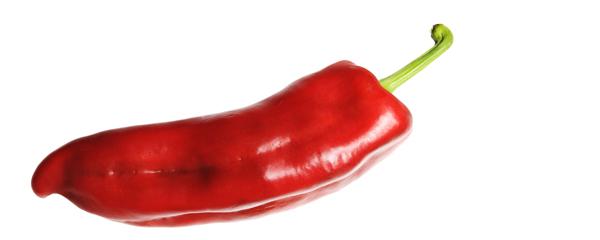Stephanie Alexander’s advice on preparing and cooking chickpeas
 Saturday, October 23, 2010 at 2:33PM
Saturday, October 23, 2010 at 2:33PM In her book, or more accurately tome, The Cook’s Companion, Stephanie Alexander precedes each chapter (sorted by ingredients) with information on varieties and season, selection and storage, preparation and cooking. I am sharing this exert from the beginning of her chapter on chickpeas because I make reference to it in my post on her Morrocan-inspired chicken, but also because I think it will be of use more generally.
PREPARATION AND COOKING As with most pulses, dried chick peas need to be soaked and cooked before further preparation is possible. However, there are exceptions to this rule, such as the very popular Middle Eastern falafel.
TO SOAK AND COOK Soak dried chick peas overnight, generously covered with cold water. There is no need to add bicarbonate of soda to the soaking chick peas (it was once thought it helped soften them). Next day, pour away the soaking water and cook the chick peas in fresh water with other aromatics according to the recipe. They will take about 2 hours to become tender. (It is best to add salt at the end of the cooking process, as adding it earlier can delay the cooking time; more importantly, the liquid will reduce substantially over the long cooking time, concentrating any seasonings.) When tender, allow the chick peas to cool in their cooking water. They will swell a little more as they cool, and can then be drained. One cup of dried chick peas weighs 200g, which becomes 2 ½ cups (400g) after soaking and 2 ¾ cups (450g) when cooked.
Quick method The soaking process can be hurried by pouring boiling water over dried chickpeas and leaving them to stand for 3-4 hours before cooking them as above in fresh water.
 Vix |
Vix |  2 Comments |
2 Comments | 

